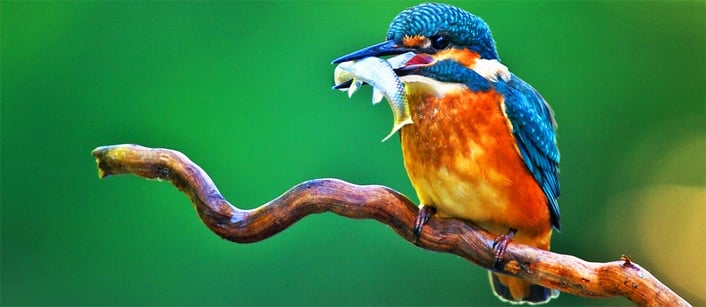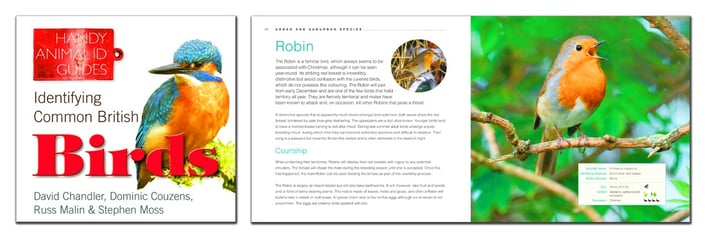 To enjoy a bird you do not need to know its name, but for most bird watchers, putting a name to what they are looking at is very important. Honing this skill isn't as easy as it might seem at first glance; to work out what the bird is you must find out more about it. Bird identification is about detective work. Collect as many clues as possible and come to a conclusion – an identification that is ‘beyond reasonable doubt’.
To enjoy a bird you do not need to know its name, but for most bird watchers, putting a name to what they are looking at is very important. Honing this skill isn't as easy as it might seem at first glance; to work out what the bird is you must find out more about it. Bird identification is about detective work. Collect as many clues as possible and come to a conclusion – an identification that is ‘beyond reasonable doubt’.
Features to Look For
A confident identification of a glimpsed bird or of a brief blast of birdsong may feel like an unattainable level of expertise. The truth is, though, that a successful identification is simply the result of processing the available information to reach a conclusion. Sometimes, with experience, this can be done very quickly and when you know what you’re looking for, some birds are very easy to identify. At other times it can be a lengthier process. Identification can be difficult, but with practice it gets easier. Below are some features to look out for.
Size: Books express a bird’s size in centimetres or inches – this is its length from the tip of its bill, over its head and along its back to the tip of its tail. The trick is to compare the bird with another that you know reasonably well. Is it about the size of a sparrow, thrush or pigeon for example?
Shape: Again, try to compare your mystery bird to one that you know. Even novice bird watchers will be surprised at how many bird shapes they already know: duck, heron, bird of prey, crow, owl, pigeon, gull, and so on.
Markings: Some birds have very obvious markings and these may be all that you need to see to identify the bird. In the UK, a pigeon with a white crescent across its wing has to be a Wood Pigeon. But sometimes subtler features need to be checked to confirm an identification.
Make a note of any obvious markings, and if you have time, try to describe the whole bird, from bill tip to tail tip. If you have a field guide with you and have a rough idea of what you might be looking at, you might want to have a quick look in the book before embarking on a lengthy description. Be aware to not let the book influence you however, as you risk seeing features on the bird that are not really there.

Sketching: Annotating a simple sketch can be a good way to quickly note down the details of a mystery bird. Your sketch does not need to be fine art – try using egg shapes to produce a basic bird shape. Learning some bird ‘topography’ can be useful too. While some of the more technical language may be off-putting at first, much of the labelling is pretty straightforward. Knowing your way around a bird will help you to describe a bird accurately and to understand the descriptions used in some field guides.
What is It Doing? A bird’s behaviour can provide very useful clues to its identity. If you see a roughly pigeon-sized bird hovering over a roadside verge in the UK, it is a Kestrel. How birds fly or walk can give clues too. Some birds fly in a straight line (e.g. Starling), others have an undulating flight (e.g. woodpeckers). Does it glide or flap its wings, or even alternate between the two?
What Time of Year is It? Some birds are residents – they spend the whole year in this country. Others are summer or winter visitors and spend the rest of the year somewhere else, and some birds just pass through when they are on migration (passage migrants). This information can help with identification.
Using Sounds: Bird songs and calls can provide excellent clues to help with identification. Do not leave learning songs and calls until you have got the hang of what birds look like – knowing some bird noises can make identification much easier and learning some songs and calls is not that difficult. Get to know some of the common birds first and take it from there. Alternatively, go bird-watching with a more experienced bird-watcher and learn from them or, when you hear a bird that you do not recognize, track it down and identify it visually too.
This article is based on text from our new title, Identifying Common British Birds [ISBN: 9781783614059]. Take a look on our website by clicking here, or view the book on Amazon by clicking here.




